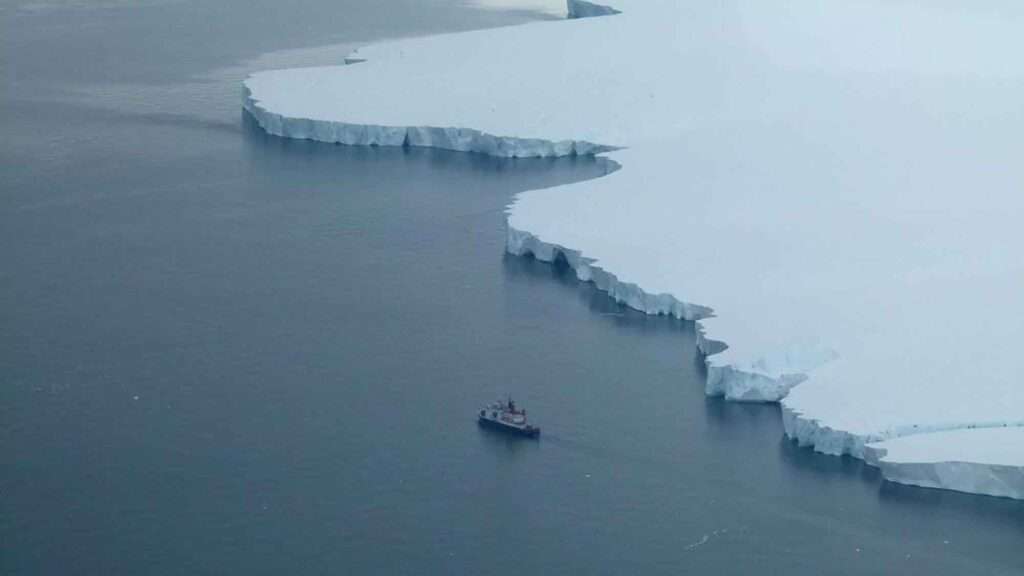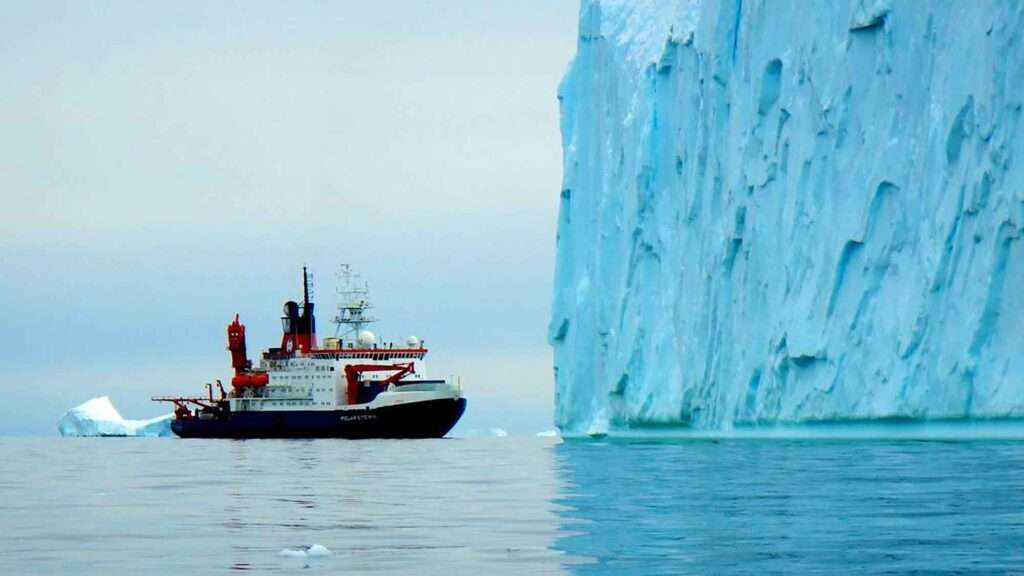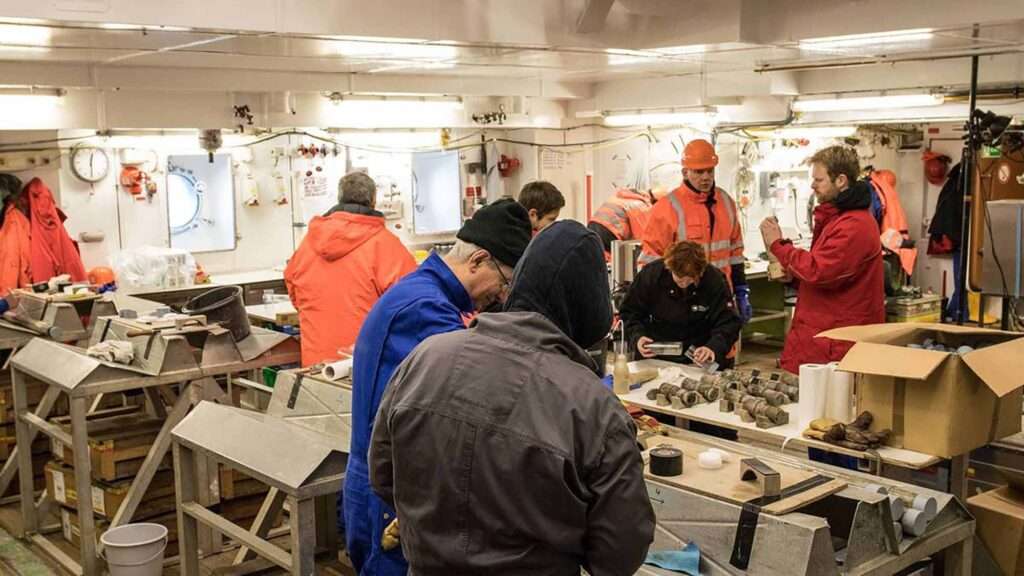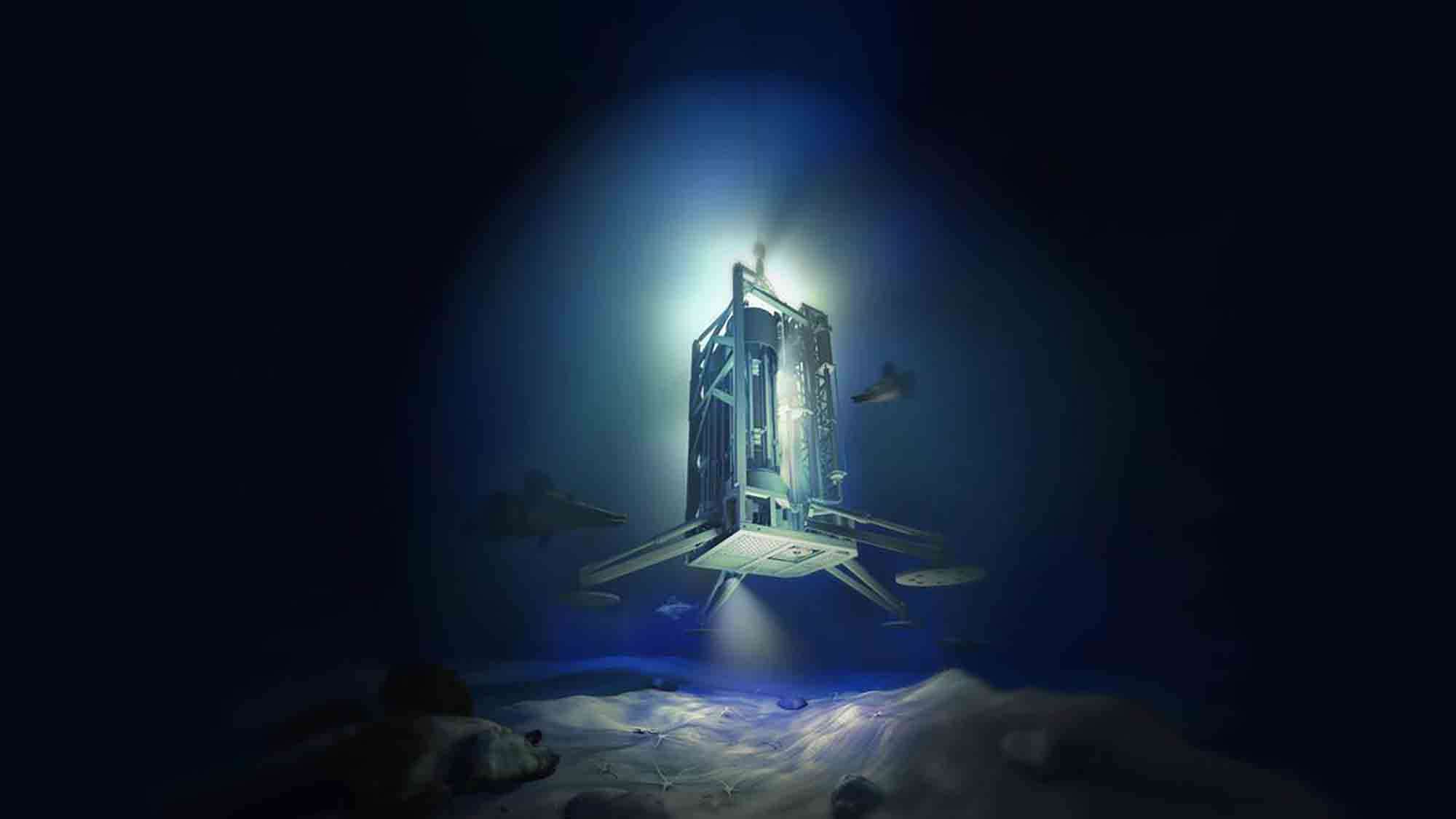Climate scientists say West Antarctica was ice-free for millions of years longer than previously thought and the big freeze probably only happened 7 million years later.
An international team of scientists involving British experts say their latest findings contradict the current belief that Antarctica developed its first permanent ice sheets 34 million years ago, marking the end of the Eocene era and the beginning of the Oligocene as the Earth’s climate cooled.
Scientists led by a team from the Alfred Wegner Institute (AWI) in Germany have taken samples from West Antarctica and determined that there was no ice there at that time and in fact it had vast forests and a temperate climate.
They added that the permanent West Antarctica ice fields only developed 7 million years later.
The footage shows the expedition of the German research vessel Polarstern to the Antarctic Amundsen Sea, which yielded the precious samples.
Newsflash obtained a statement from the AWI saying: “In recent years global warming has left its mark on the Antarctic ice sheets. The ‘eternal’ ice in Antarctica is melting faster than previously assumed, particularly in West Antarctica more than East Antarctica.

“The root for this could lie in its formation, as an international research team led by the Alfred Wegener Institute has now discovered: sediment samples from drill cores combined with complex climate and ice-sheet modelling show that permanent glaciation of Antarctica began around 34 million years ago – but did not encompass the entire continent as previously assumed, but rather was confined to the eastern region of the continent (East Antarctica).
“It was not until at least 7 million years later that ice was able to advance towards West Antarctic coasts.
“The results of the new study show how substantially differently East and West Antarctica react to external forcing, as the researchers describe in the prestigious journal Science.”
The statement continued: “Around 34 million years ago, our planet underwent one of the most fundamental climate shifts that still influences global climate conditions today: the transition from a greenhouse world, with no or very little accumulation of continental ice, to an icehouse world, with large permanently glaciated areas.
“During this time, the Antarctic ice sheet built up. How, when and, above all, where, was not yet known due to a lack of reliable data and samples from key regions, especially from West Antarctica, that document the changes in the past.”
The statement continued: “Based on a drill core that the researchers retrieved using the MARUM-MeBo70 seafloor drill rig in a location offshore the Pine Island and Thwaites glaciers on the Amundsen Sea coast of West Antarctica, they were able to establish the history of the dawn of the icy Antarctic continent for the first time.

“Surprisingly, no signs of the presence of ice can be found in this region during the first major phase of Antarctic glaciation.”
Dr Johann Klages, a geologist at the AWI who led the research team, said: “This means that a large-scale, permanent first glaciation must have begun somewhere in East Antarctica.”
The experts explained that this is because West Antarctica remained ice-free during this first glacial maximum.
The statement said: “At this time, it was still largely covered by dense broadleaf forests and a cool-temperate climate that prevented ice from forming in West Antarctica.”
Hanna Knahl, a paleoclimate modeller at the AWI, said: “It wasn’t until about seven million years later that conditions allowed for the advance of an ice sheet to the West Antarctic coast.
“Our results clearly show how cold it had to get before the ice could advance to cover West Antarctica that, at that time, was already below sea level in many parts.”
The statement said: “What the investigations also impressively show is how different the two regions of the Antarctic ice sheet react to external influences and fundamental climatic changes.”
Klages said: “Even a slight warming is enough to cause the ice in West Antarctica to melt again – and that’s exactly where we are right now.”
The experts say that their findings are “critical for understanding the extreme climate transition from the greenhouse climate to our current icehouse climate.”

The statement said: “Importantly, the study also provides new insight that allows climate models to simulate more accurately how permanently glaciated areas affect global climate dynamics, that is the interactions between ice, ocean and atmosphere.”
Klages said: “Especially in light of the fact that we could be facing such a fundamental climate change again in the near future.”
The international team of experts was made up of researchers from Germany, together with UK colleagues from the British Antarctic Survey, Northumbria University, Imperial College London, and Leicester University.
They also worked with experts at the University of Tasmania, the Universite de Fribourg in Switzerland, the Universidad de Granada in Spain, and the Texas A&M University.
To find out more about the author, editor or agency that supplied this story – please click below.
Story By: Joseph Golder, Sub-Editor: Joseph Golder, Agency: Newsflash
The Ananova page is created by and dedicated to professional, independent freelance journalists. It is a place for us to showcase our work. When our news is sold to our media partners, we will include the link here.




